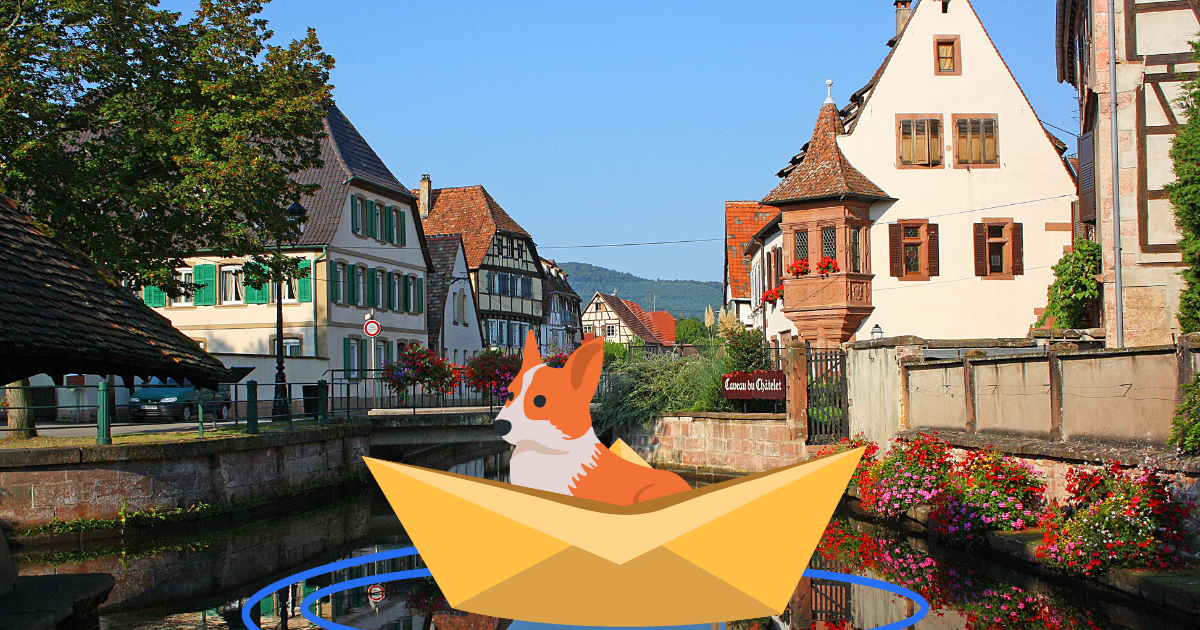The Cannes Lions International Festival of Creativity has opened up a Cannes of worms for advertisers this year… Pardon the pun. And marketers across the globe are still unpacking the event’s biggest trends and takeaways.
Ad tech leaders, in particular, need to understand how the discussions at Cannes forecast a rapidly changing landscape and how they can pivot their strategies accordingly — from preparing for the death of the third-party cookie and improving addressability to engaging with Gen Z and looking beyond vanity metrics.
The good news is you don’t have to watch all the footage from Cannes to catch up. We’ll dig into the three biggest takeaways for brands and publishers right here — and what they mean for the future of advertising.
1. Going all-in on first-party data
First-party data has been the talk of the town for a while, but a new study from Adform proves just how important it is for brands and publishers. According to the report, ad campaigns that used first-party ID solutions saw a 669% increase in addressable audience and 161% increase in clickthrough rates compared to campaigns that used third-party cookies.
With first-party data at their fingertips, publishers have a major opportunity to take control of their customer insights and entice ad partners by collecting and packaging first-party audiences. First-party data is also more transparent and privacy safe, making it a better solution for consumers as well. And on a trustworthy channel like email, brands and publishers can gather email addresses — the most valuable piece of first-party data — through simple, opt-in processes.
As Exit Bee CEO Pavlos Linos said at Cannes, “First-party data is now king, and the industry is waking up to the importance of true engagement and genuine attention.”
2. Solving the addressability and identity issue
Without third-party cookies to help them, businesses will also need new ways to identify and address audiences across the web. Certain addressability solutions have popped up like Google’s Privacy Sandbox and The Trade Desk’s Unified ID 2.0. But it seems there’s still a big learning curve for publishers. As a report from Teads found, a whopping 81% of publishers have less than 25% of their users logging in. And 55% of publishers don’t have a plan to increase those logged-in users.
So, what can they do? Again, they can invest in logged-in channels like email to nurture relationships. They can also partner with ad tech platforms to automate their identity and addressability solutions. Jürgen Galler, CEO and founder of 1plusX, said, “Conversations [at Cannes] centered around the role of ad tech in facilitating audience addressability and reach. As part of this, machine learning will be vital in helping to maximize available data, predicting campaign outcomes, and creating similar audience segments to inform future strategies.”
Jeeng, for example, has the tools to help publishers and advertisers gather first-party data from across the web and programmatically deliver personalized messaging to targeted audiences. So you can make a smooth transition into a cookieless future.
3. The importance of engaging Gen Z
Cannes made it clear that many brands are set on targeting one audience in particular: Gen Z. These digital natives collectively have billions in disposable income and are set to shape the future of the global economy. So it’s no wonder brands are innovating with new ways to reach them.
Heineken, for instance, created a virtual beverage to be sipped in the metaverse. That’s right. Heineken Silver is the world’s first virtual beer and it’s being served cold right to Gen Z customers. The brand is also investing sustainability and reducing its carbon footprint to zero by 2030, since 73% of Gen Z are willing to pay more for eco-friendly products.
In honor of Cannes, YouTube and Spotify also published their own reports on Gen Z behaviors and preferences to help advertisers build their strategies. The 2022 Edelman Trust Barometer Special Report even included a special section on Gen Z, noting that this demographic wants to work with brands that reflect their values and actively address social issues such as racism and gender equality.
Meanwhile, as Jeeng found, email remains a trustworthy, go-to channel for Gen Z. In fact, nearly 80% of Gen Z check their email several times a day and 3 out of 4 say it’s their preferred channel for receiving real-time alerts. And even more than older generations, over half of Gen Z would sign up for multiple, personalized newsletters from a trusted publisher.
As Jeeng CEO Jeff Kupietzy said, “While Gen Z represents a new audience, the strategies to retain them are not new. The channels that work in terms of retention are tried-and-true things like email. There is the ability to connect with them through that medium, and a lot of our digital brands have realized that having that becomes a direct connection that is persistent and consistent.”
Ready to build your own engaging email campaigns — backed by the power of first-party data? Contact us to learn more.

